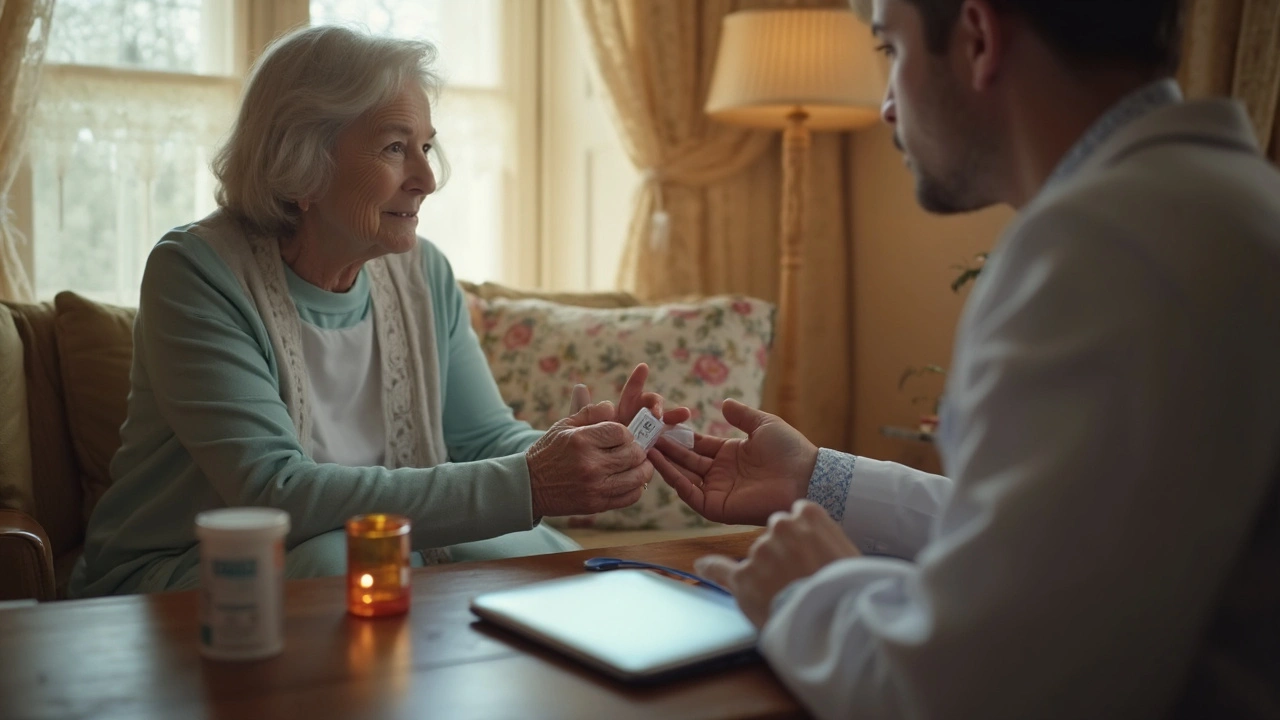Blood Pressure: Simple, Practical Steps You Can Start Today
High blood pressure can sneak up on you. The good news: small daily habits, regular checks, and the right meds usually make a big difference. This page gives clear steps you can use right now—how to measure, what numbers mean, lifestyle moves that lower BP, and when to call a pro.
Know the numbers and how to measure
Know these common categories: normal is below 120/80 mmHg; elevated is 120–129/<80; stage 1 is 130–139/80–89; stage 2 is 140/90 or higher. The American Heart Association often recommends a goal under 130/80 for many adults—ask your doctor what’s right for you.
Measure properly: sit quietly for 5 minutes, feet flat, back supported. Put the cuff on bare skin at heart level. Don’t smoke, drink caffeine, or exercise 30 minutes before a reading. Take two readings one minute apart and log both. Check mornings and evenings for a week to spot patterns.
Practical lifestyle steps that actually work
Cut sodium slowly. Aim for under 2,300 mg sodium a day; many people do better around 1,500 mg. Start by swapping processed snacks for fresh fruit, and use herbs instead of salt when cooking.
Try the DASH-style plate: more vegetables, fruit, whole grains, lean protein, and low-fat dairy. Losing 5–10% of body weight can lower BP noticeably.
Move more: 150 minutes a week of moderate activity (brisk walking, cycling) helps. Even three 10–15 minute walks a day add up.
Limit alcohol—no more than one drink a day for women, two for men. Quit smoking and aim for consistent sleep (7–8 hours) because poor sleep raises blood pressure over time.
Manage stress with practical tools: short daily breathing breaks, a quick walk, or a phone call with a friend. These habits add up.
If you take meds, keep a list and refill on time. Drug classes commonly used include ACE inhibitors, ARBs, thiazide diuretics, calcium channel blockers, and beta-blockers. Don’t stop meds like metoprolol suddenly—work with your doctor to taper and monitor. If you experienced side effects on a drug like bisoprolol, talk to your pharmacist about alternatives and dose adjustments.
Watch for interactions. For example, grapefruit affects some statins and other drugs. Ask your pharmacist before mixing new supplements or drinks with your prescriptions.
When to call a doctor: if your readings stay at or above 180/120, or you have severe headache, chest pain, shortness of breath, or sudden weakness—seek immediate care. Also call your prescriber if home readings rise steadily over several days or if side effects from medications appear.
Keep a simple log or use an app. Bring your record to appointments—doctors and pharmacists make better decisions with real numbers. If you want a plan tailored to your meds and health history, ask a pharmacist or clinician to review your readings and prescriptions.
Small consistent changes beat rare big efforts. Start with one habit—better sleep, a salt swap, or regular home checks—and build from there.

